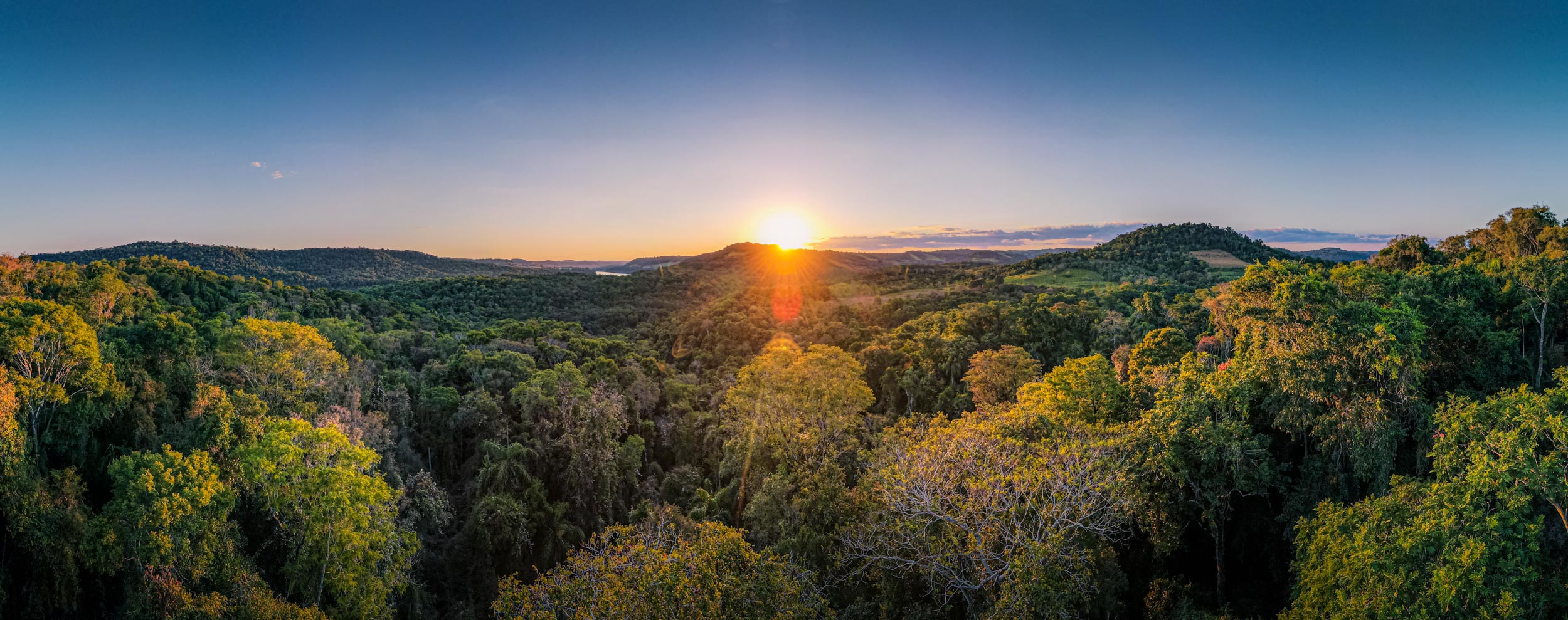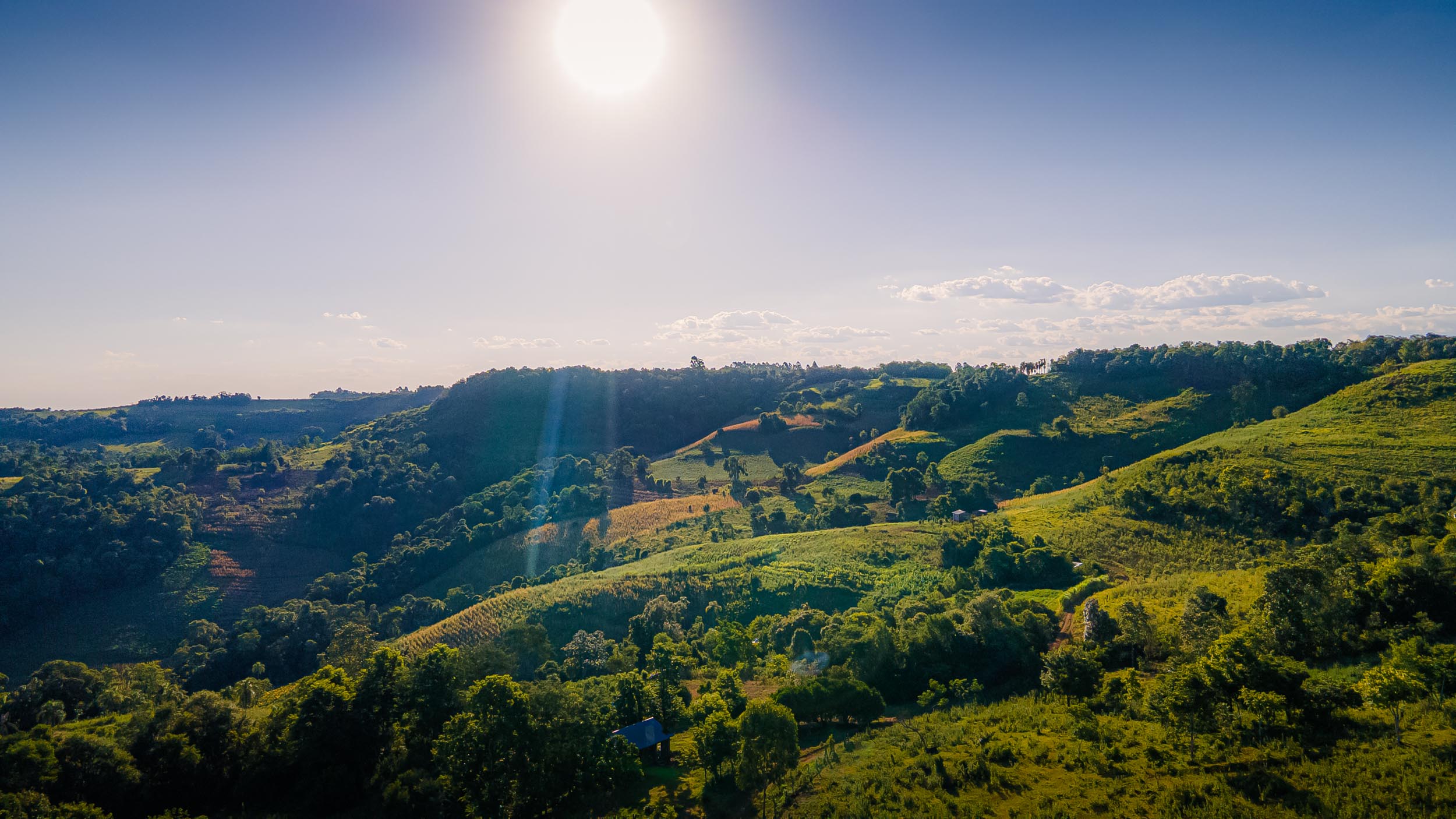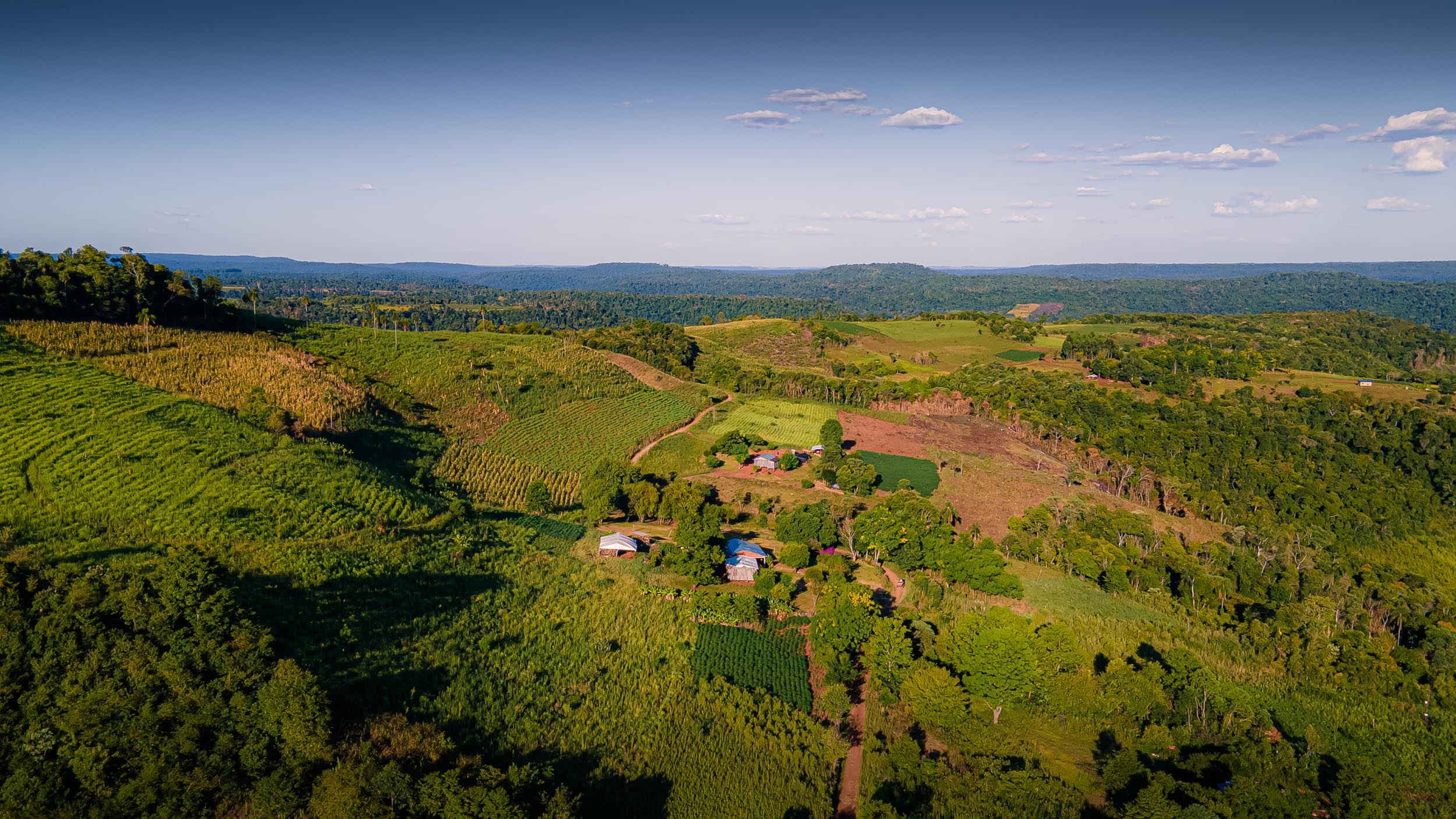
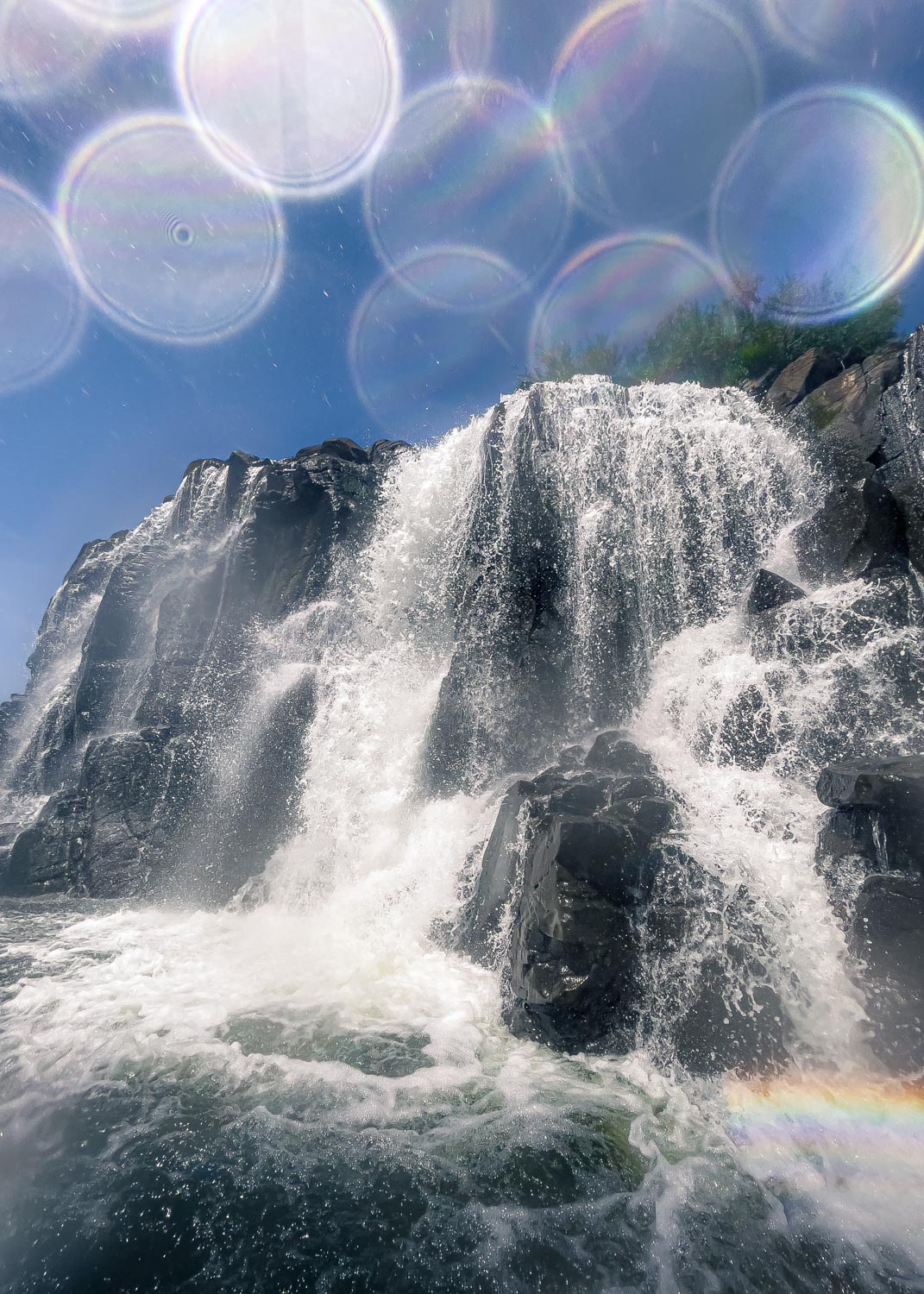
Misiones
The province of Misiones lies in the very northeast of Argentina and borders Brazil and Paraguay. It's named after the many missions carried out there by the catholic church beginning in the early 17th century. Many ruins of these missions are still standing today, four of them even part of the UNESCO World Heritage Sites.
Misiones has a population about 1.2 million people, spread across an area of around 30,000 km², making it the 9th most populous province in Argentina and the second smallest by area. Its biggest tourist attraction is, without a doubt, Iguazú Falls, classified as the world's largest waterfall system with 275 individual drops of up to 82 meters. The climate in the province is fairly hot all year round with an average temperature of 21°C. In the summer, the temperatures regularly exceed 30°C and in 2022 reached a record of 42°C. Other than that, the climate in Misiones is also characterized by being very humid with abundant rainfall throughout the year.
Saltos de Moconá
The Moconá waterfall is an extraordinary waterfall since its drops are not located behind one another, but all next to each other over a distance of over two kilometers. There are boat tours organized for tourists which drive along the lower step, making it possible to look up at the waterfall. The Moconá waterfall is by far not as famous as the Iguazú falls, but nevertheless worth a visit.
Text adapted from Wikipedia.org
Press Enter to automatically
scroll to the next picture

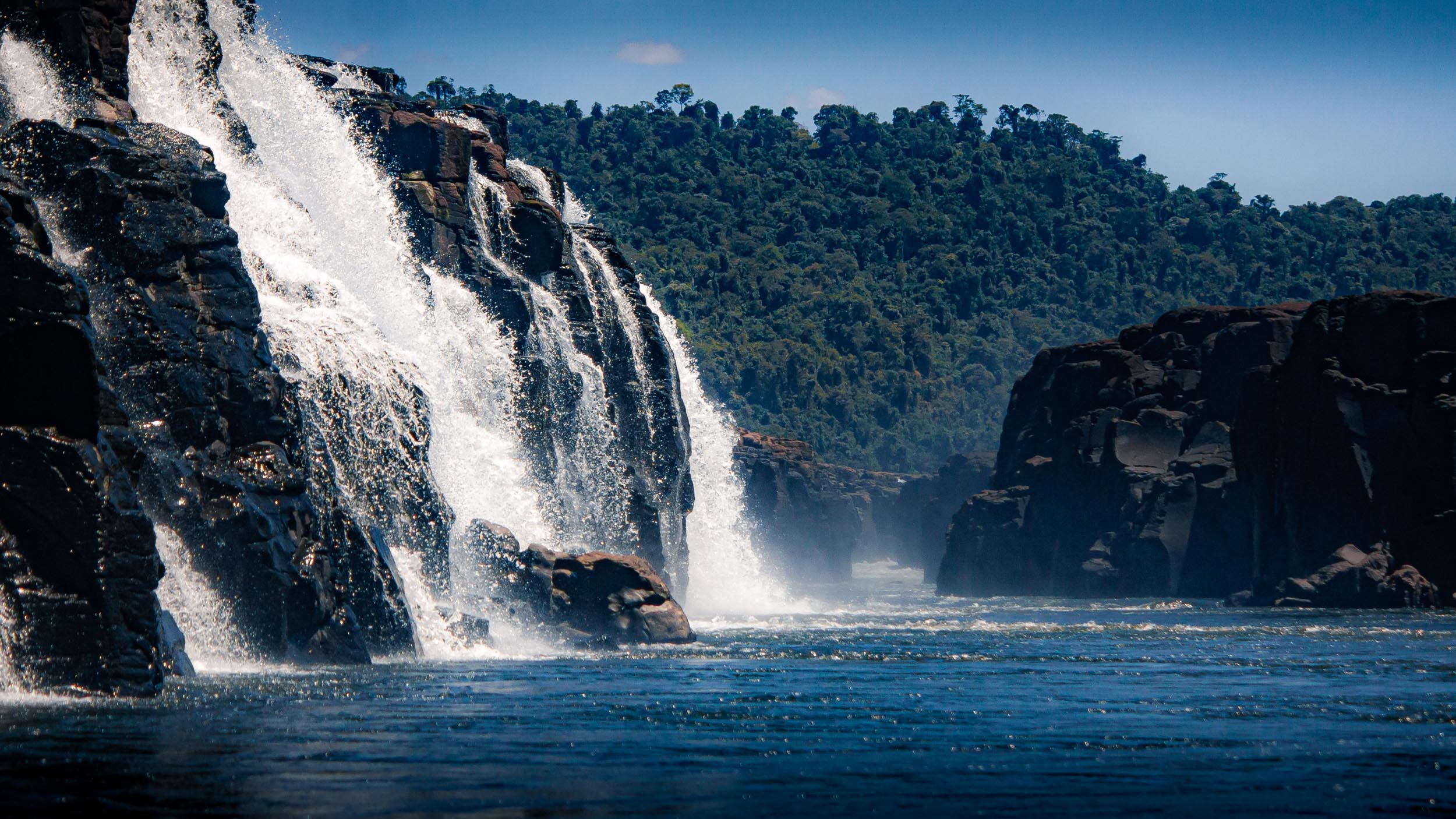
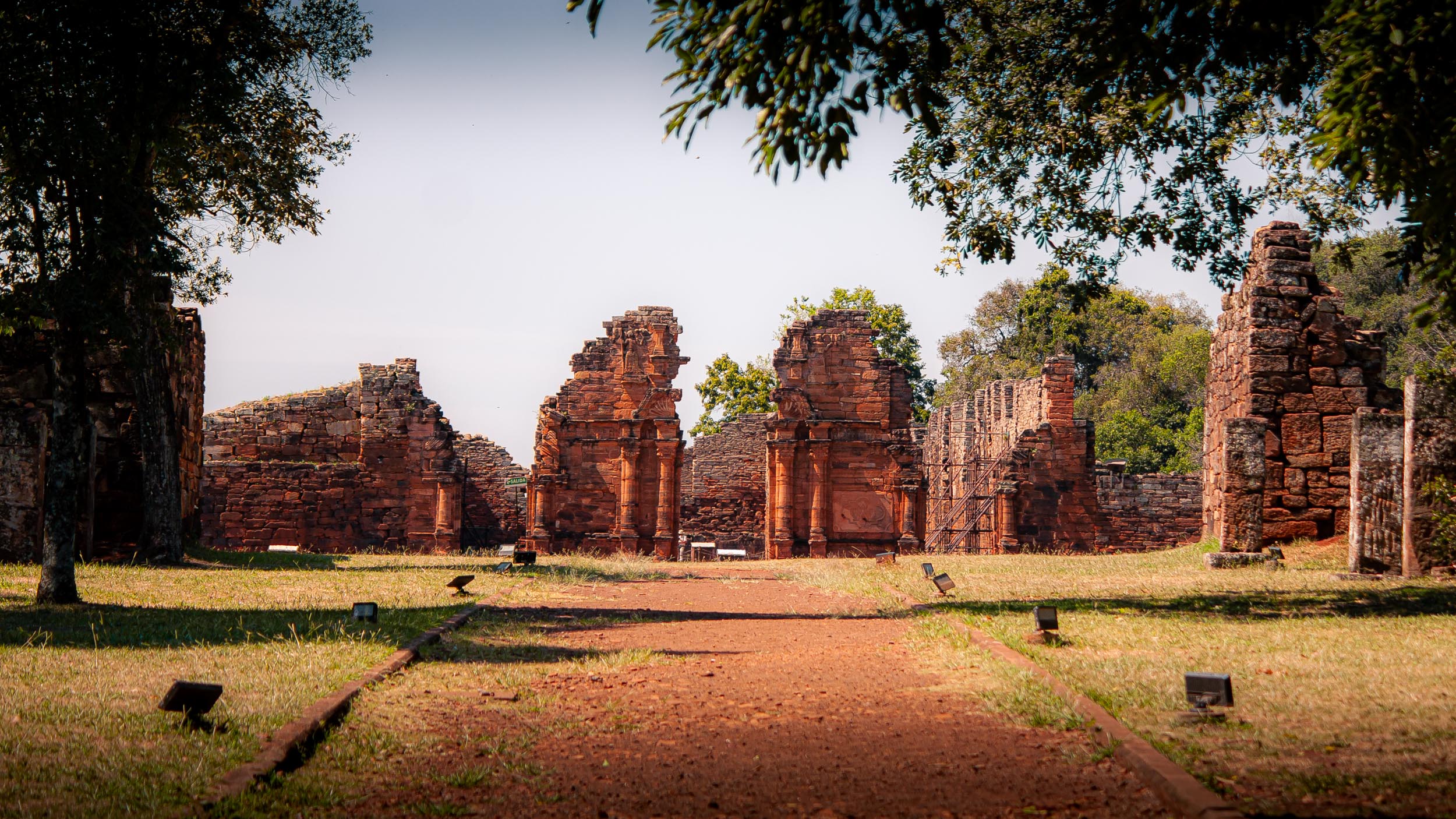
Ruins of a Jesuit Mission from the 17th century in the town of San Ignacio
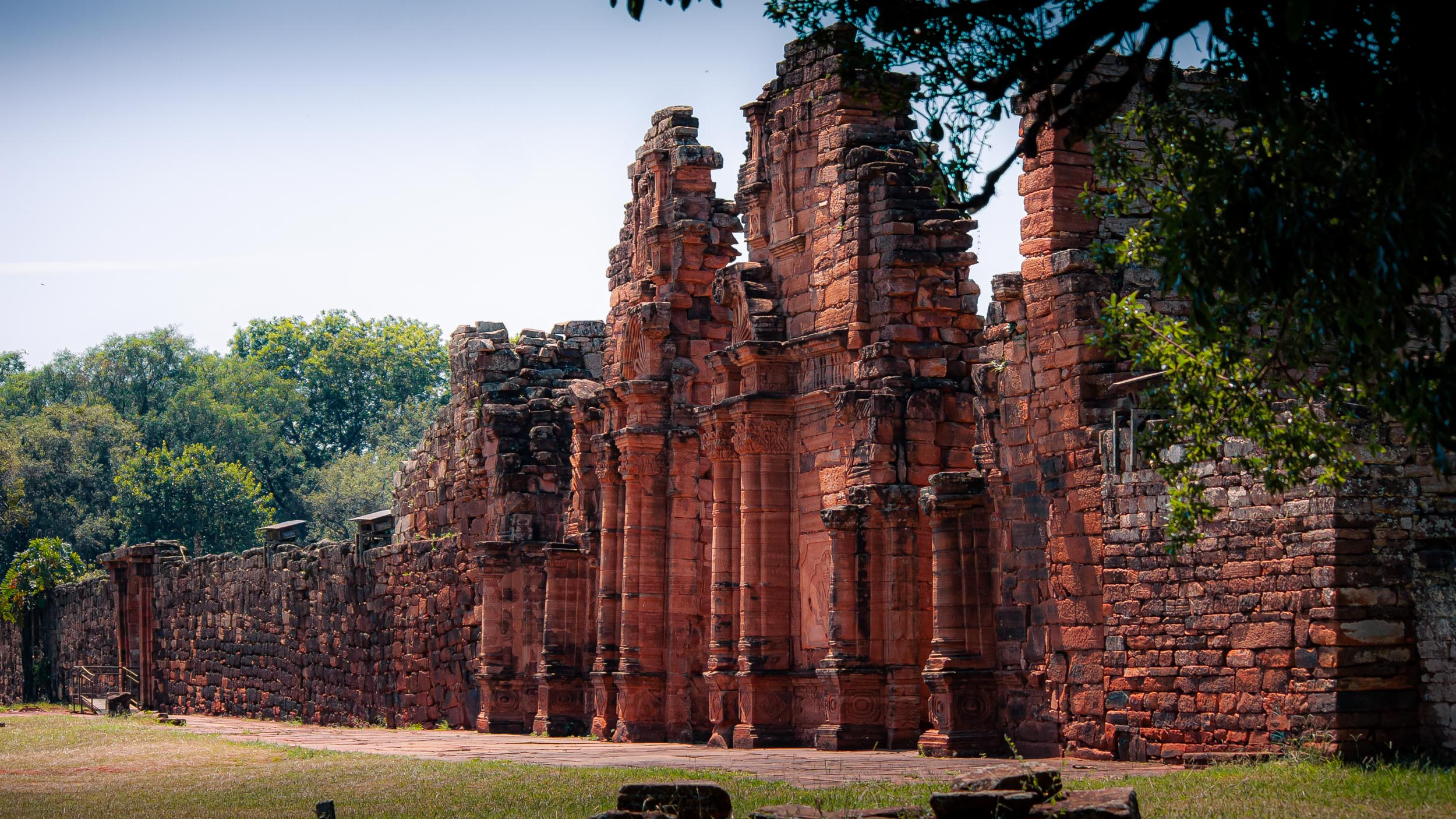





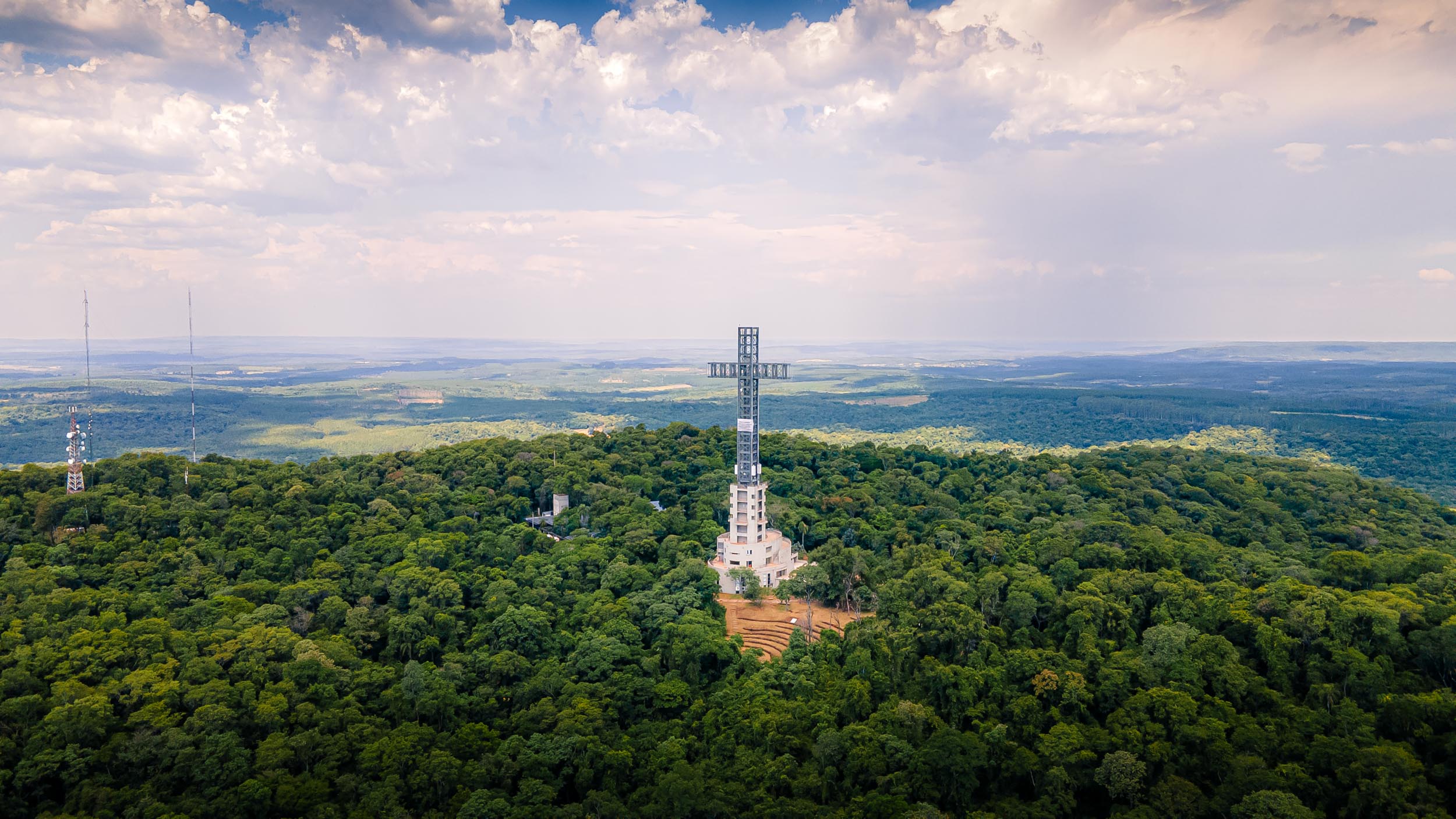

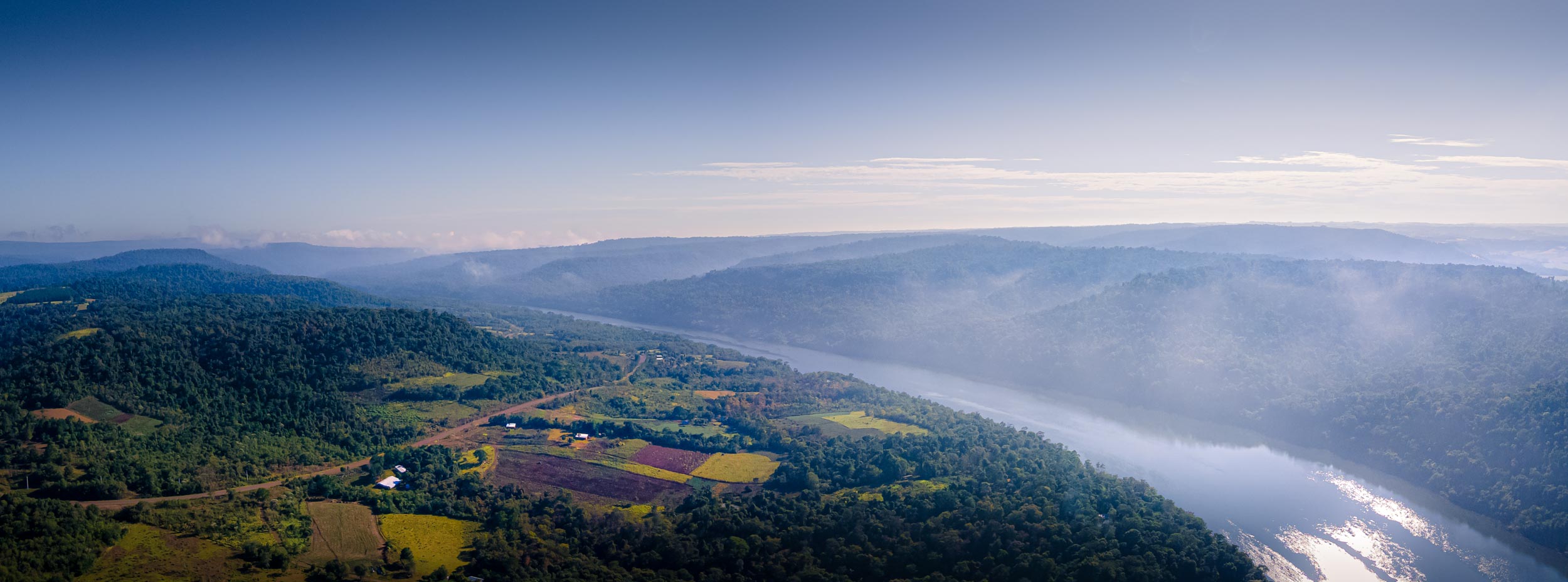
Morning haze over the Uruguay River

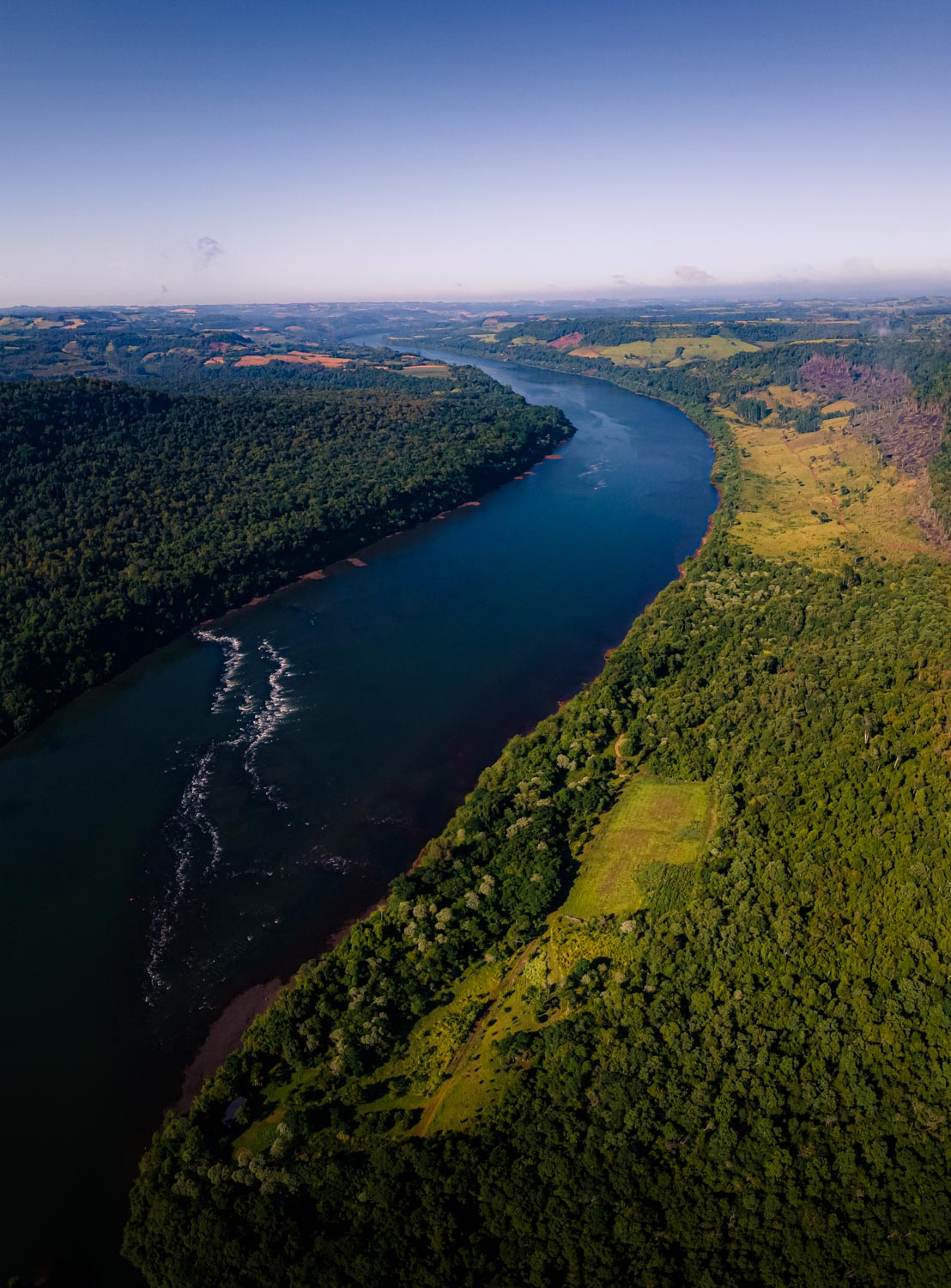
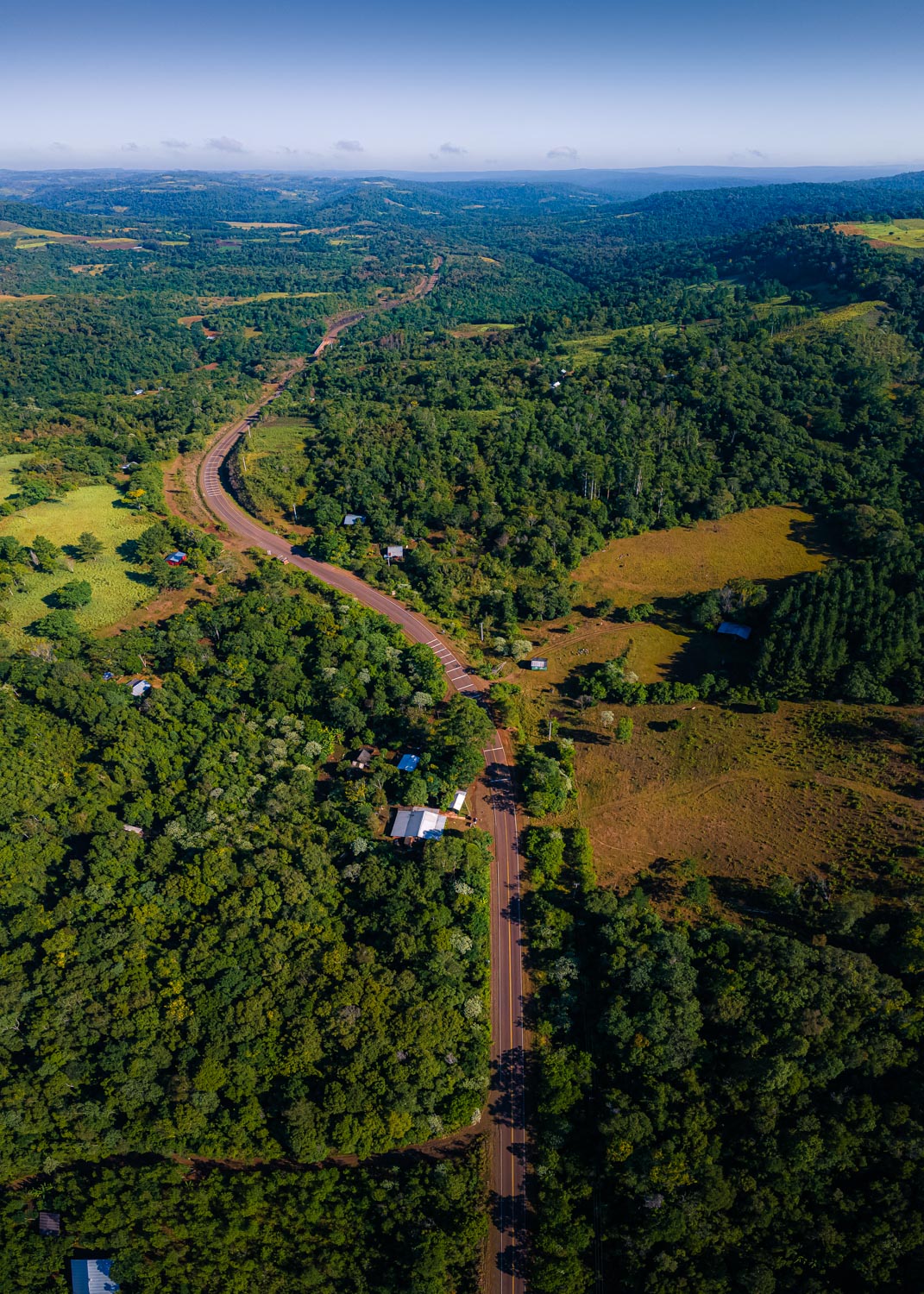
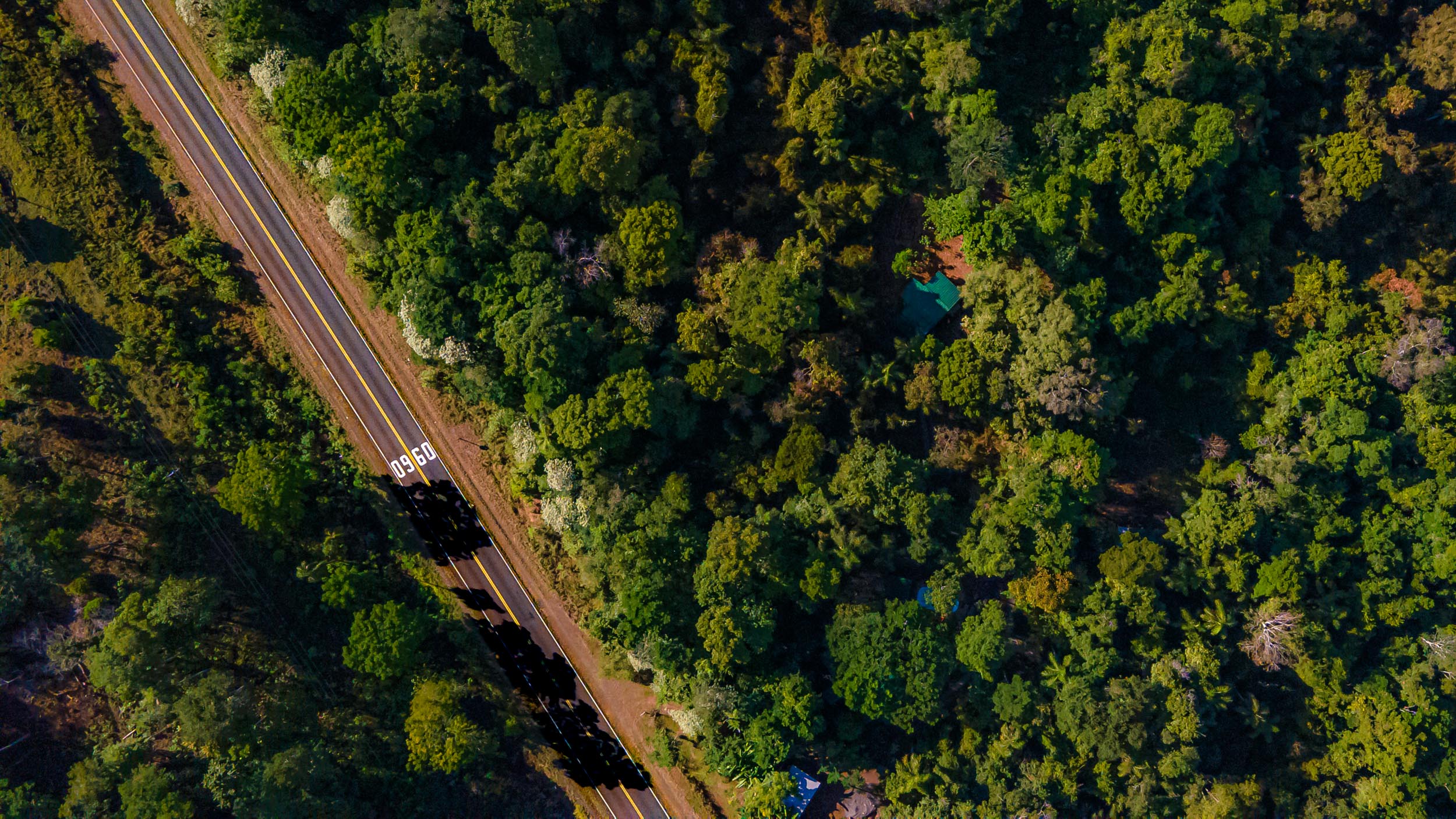
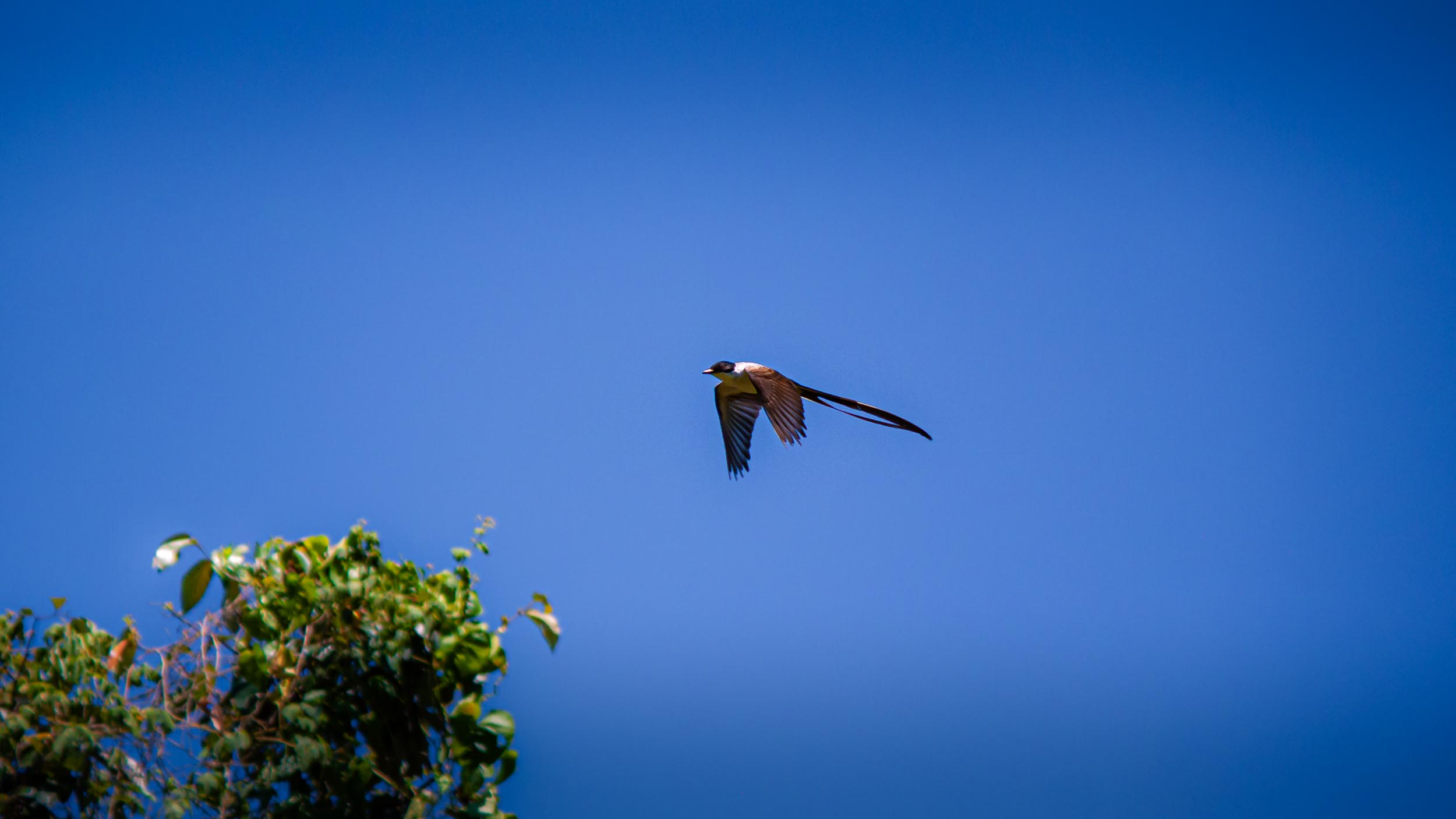



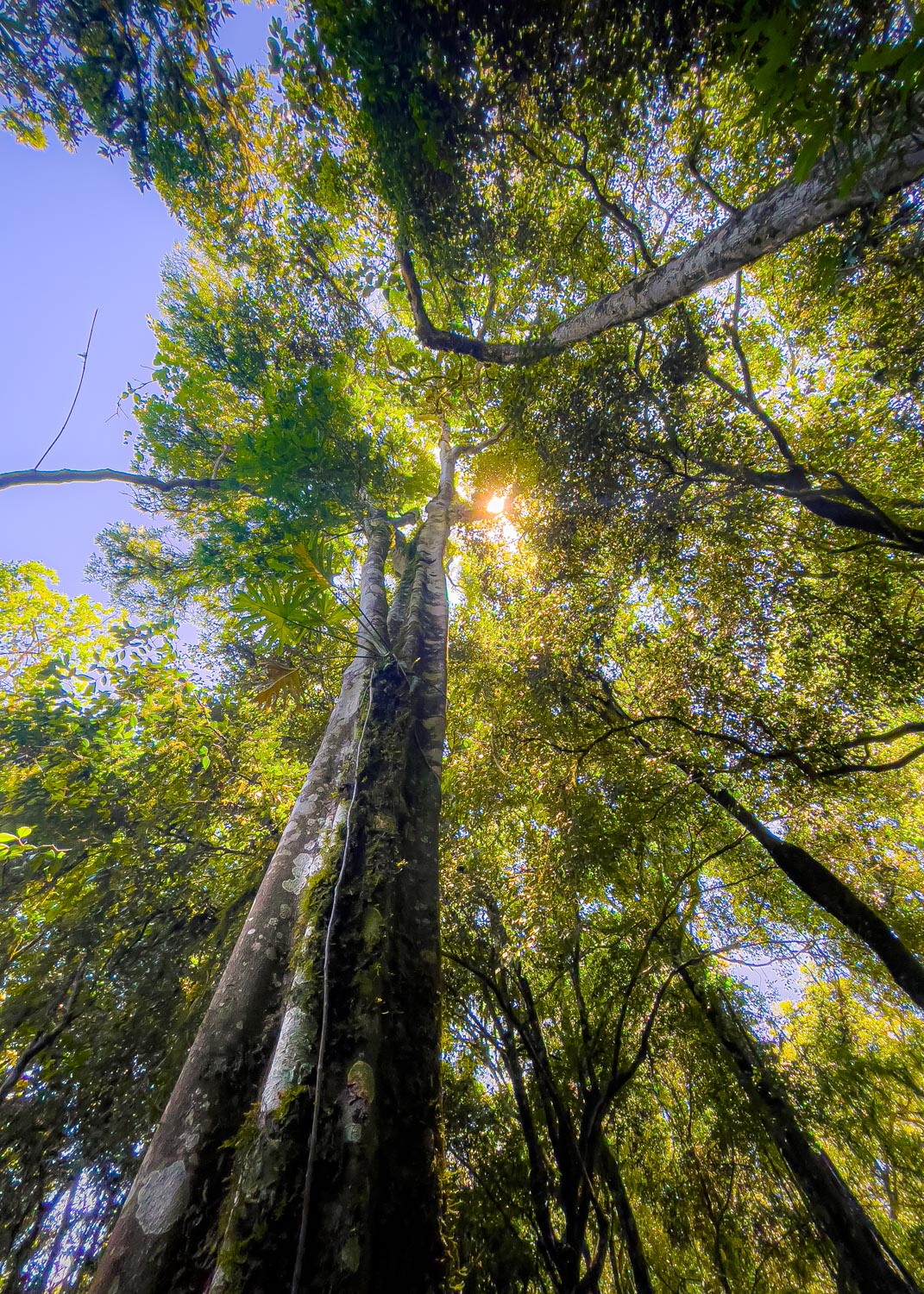


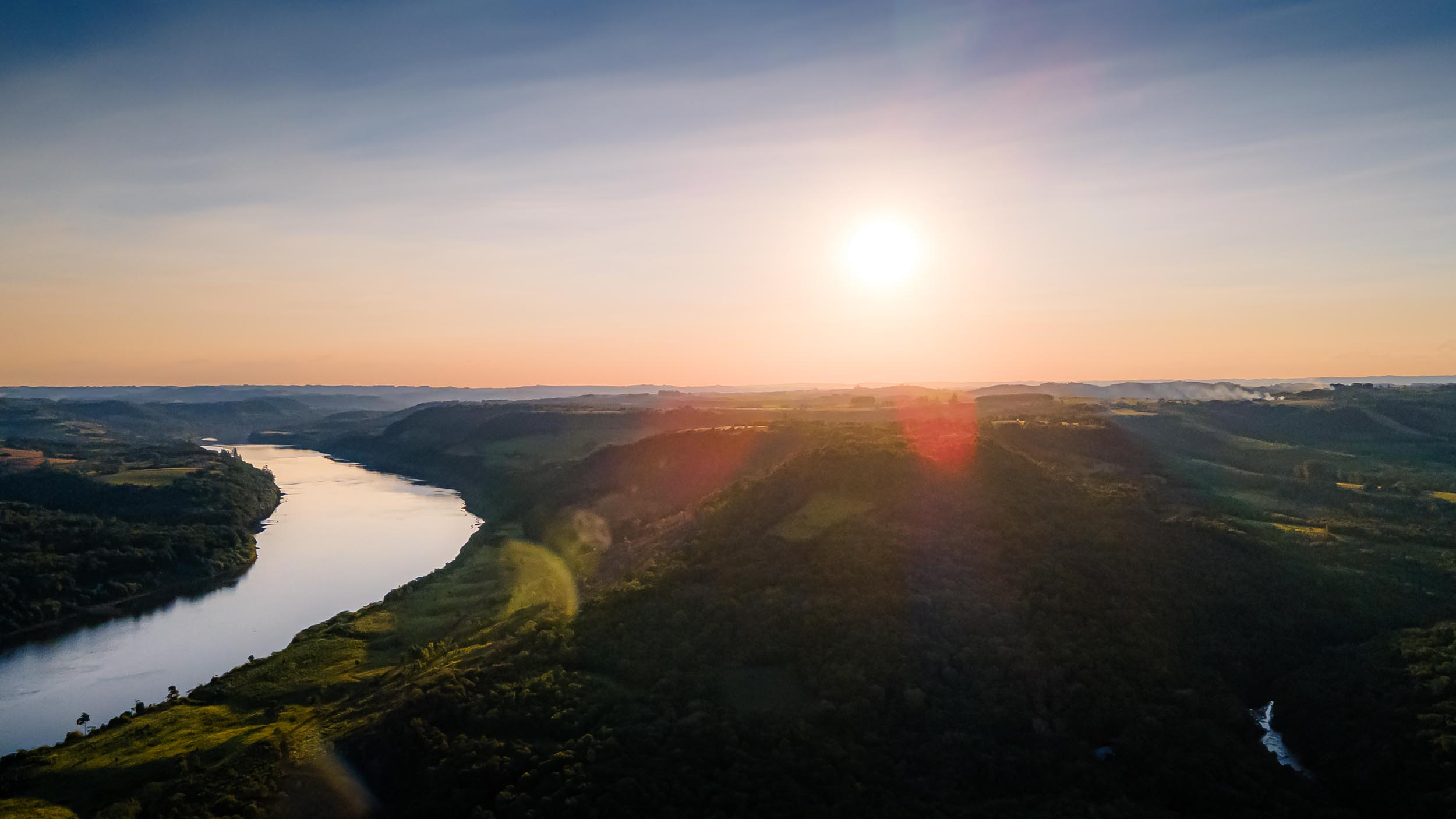
Sunset over the Uruguay River
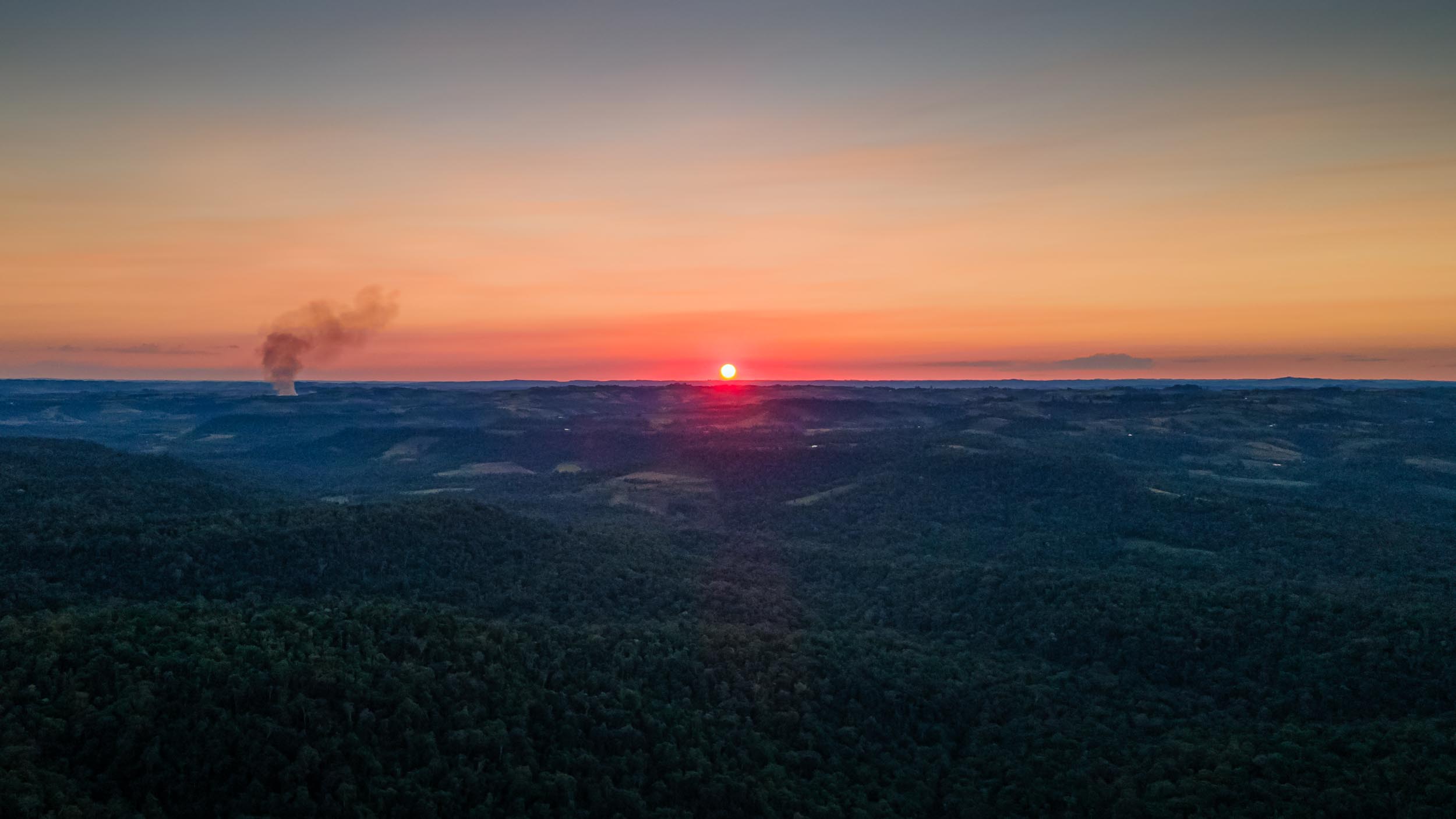

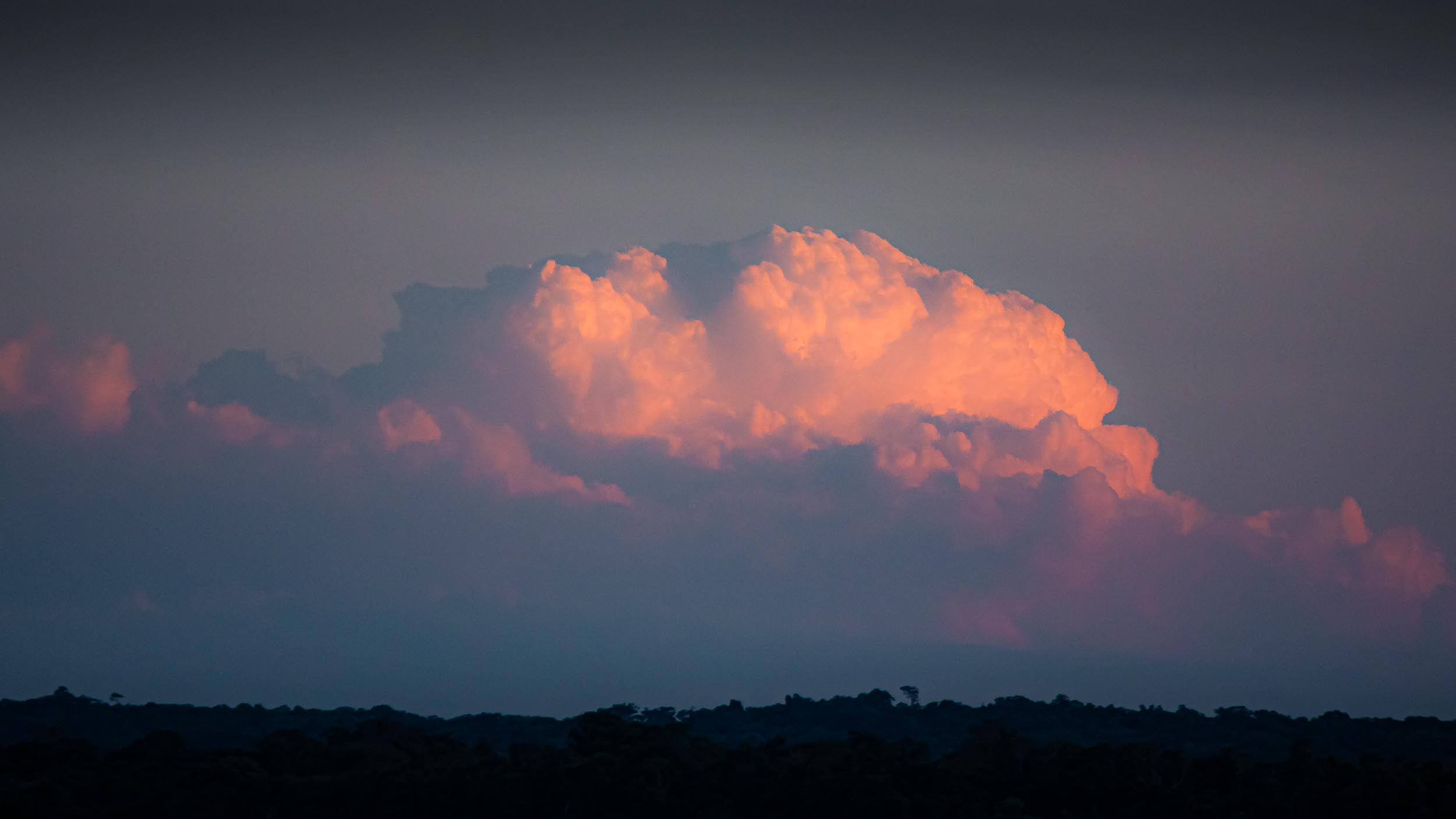
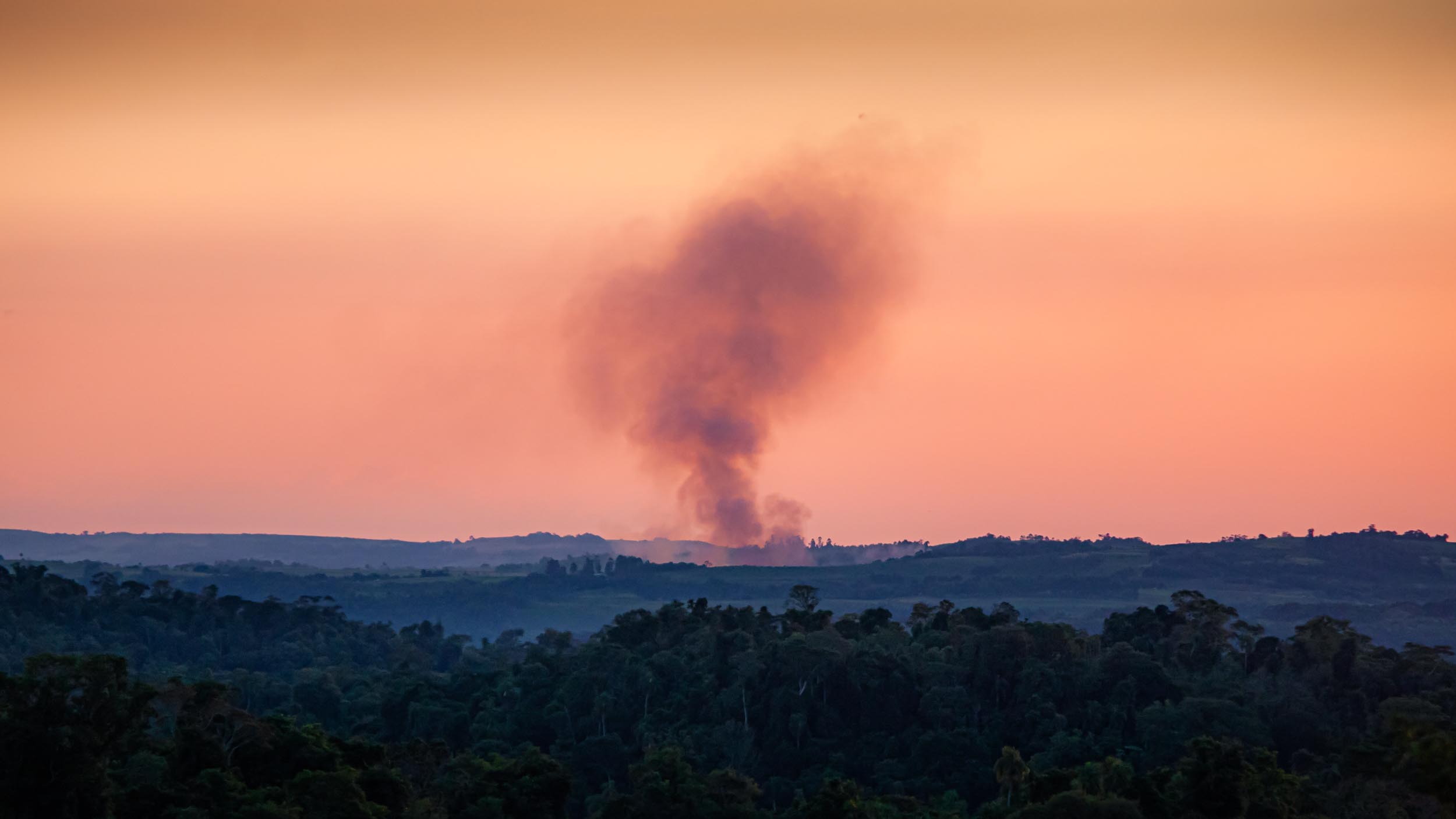
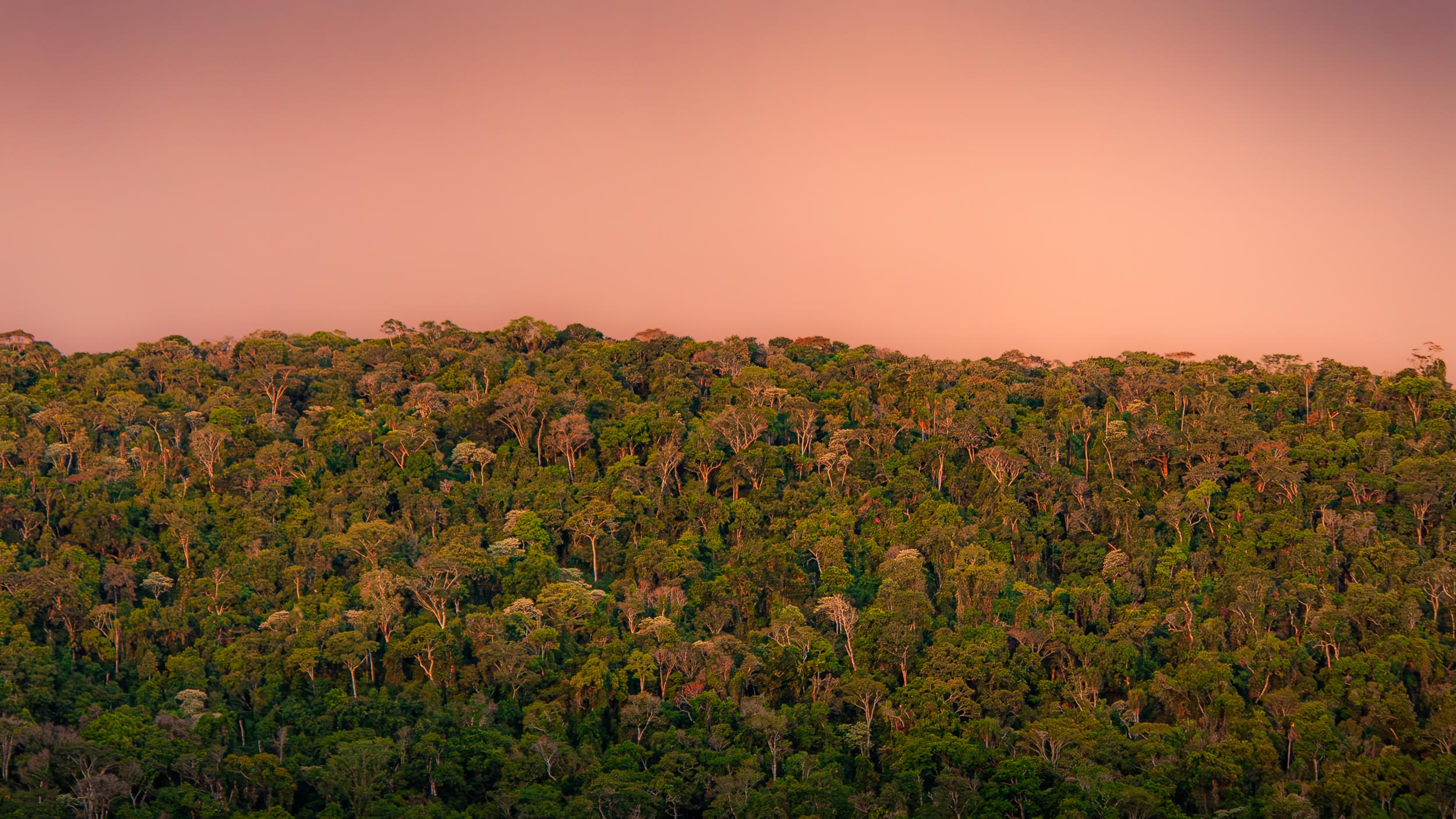
The jungle being lit by the setting sun
